In the realm of paleontology, few scientists have revolutionized our understanding of prehistoric life as profoundly as Dr. Holly Woodward Ballard. Her groundbreaking research into dinosaur bone histology—the microscopic study of bone structure—has transformed how we comprehend dinosaur growth patterns, life histories, and biology. By examining the microscopic details preserved in fossilized bones, Dr. Ballard has opened new windows into the past, allowing us to see dinosaurs not simply as static museum displays but as once-living animals with complex life cycles. Her work bridges multiple disciplines and has rewritten significant portions of what we thought we knew about how dinosaurs grew and developed throughout their lives.
Early Life and Academic Journey
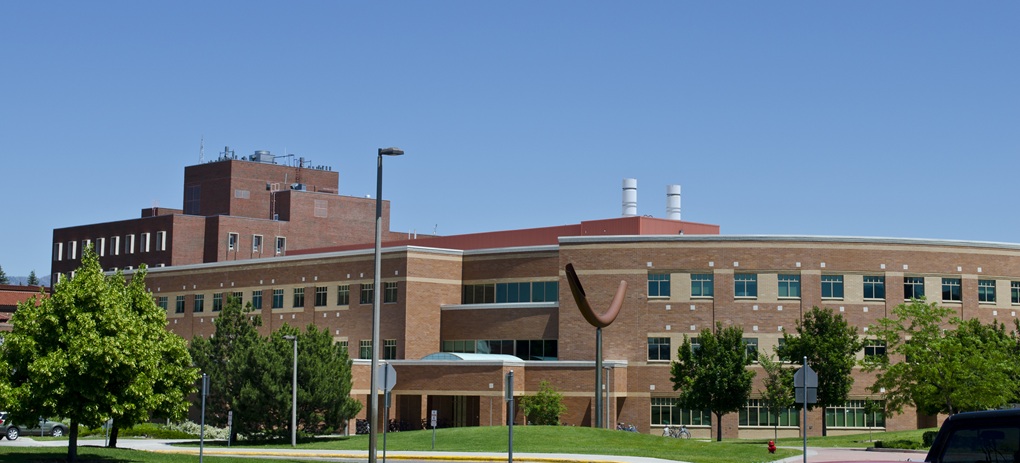
Dr. Holly Woodward Ballard’s fascination with paleontology began early in her childhood, where her natural curiosity about the prehistoric world drove her academic pursuits. Born and raised in Montana, she was surrounded by some of America’s richest fossil deposits, which fueled her interest in the ancient creatures that once roamed the Earth. Her academic journey formally began at Montana State University, where she earned her Bachelor of Science degree in Earth Sciences. She continued her education at Montana State for her Master’s degree, focusing on paleontology and developing the specialized skills needed for histological analysis of fossil bones. Her educational path culminated with a Ph.D. from the Museum of the Rockies and Montana State University, where she specialized in the microscopic study of dinosaur bones—a field that would become her signature contribution to paleontology.
Pioneering Bone Histology Techniques
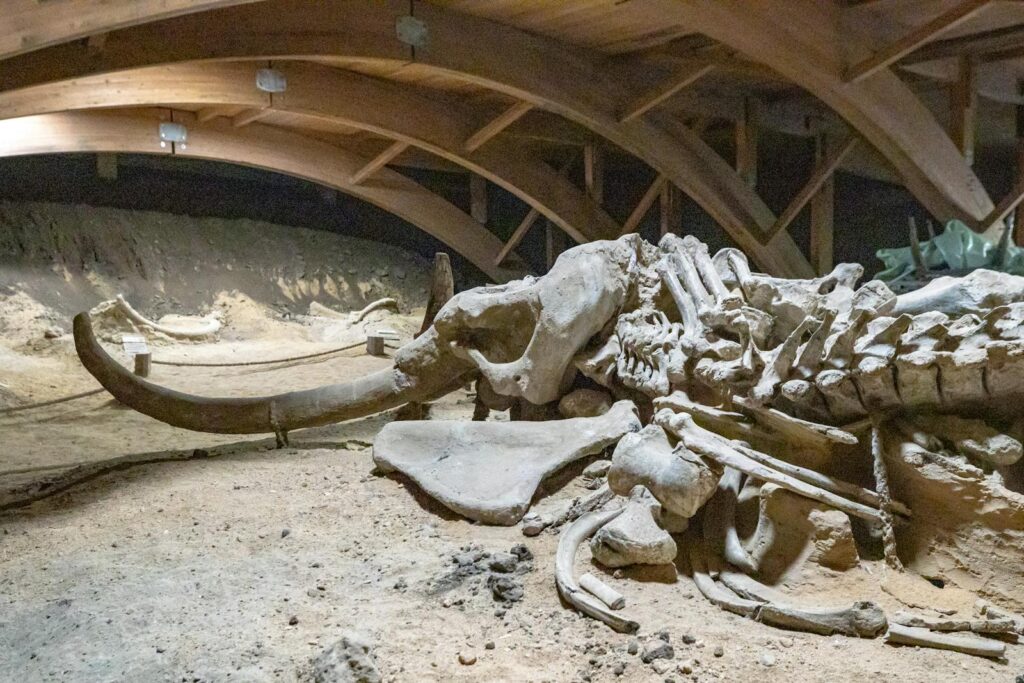
Dr. Ballard’s innovative approach to studying dinosaur bones involves cutting incredibly thin slices of fossilized bone—often thinner than a human hair—and examining them under powerful microscopes. This technique, known as bone histology, allows researchers to observe growth rings within the bones, similar to the rings found in tree trunks. Dr. Ballard refined these techniques, bringing new methodologies that enhanced the precision and detail of histological examinations. Her pioneering work has established standardized protocols that are now used by paleontologists worldwide. By developing more precise cutting and preparation methods, she improved the preservation of microstructures within the bone samples, yielding more reliable data than was previously possible. These technical innovations have elevated bone histology from a specialized niche to a mainstream investigative tool in paleontological research.
Redefining Dinosaur Growth Patterns
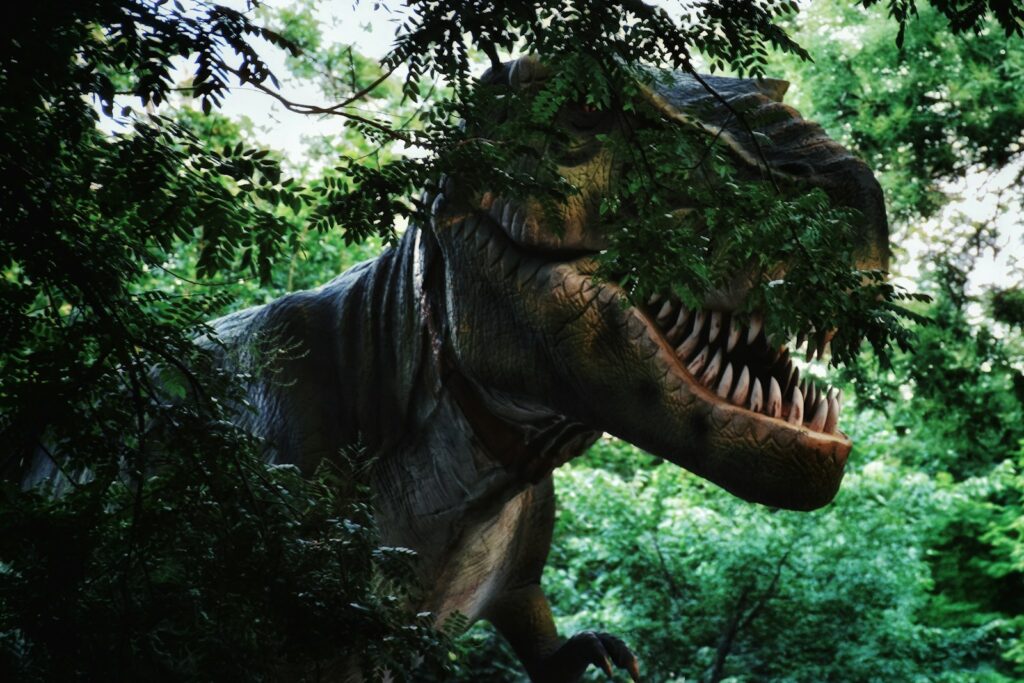
Before Dr. Ballard’s research, scientists generally believed that dinosaurs grew at steady, predictable rates until reaching adulthood. Her meticulous analysis of growth rings in dinosaur bones revealed a much more complex reality—dinosaurs experienced periods of rapid growth interspersed with slower growth phases, often corresponding to seasonal changes in their environment. This discovery fundamentally altered our understanding of dinosaur development. Dr. Ballard demonstrated that many dinosaur species could adjust their growth rates in response to environmental conditions, much like modern reptiles and birds. Her research revealed that some dinosaurs reached sexual maturity before they achieved full size, challenging previous assumptions about dinosaur life cycles. These insights have forced paleontologists to reconsider long-held theories about dinosaur metabolism, maturation, and population dynamics.
The Maiasaura Revolution
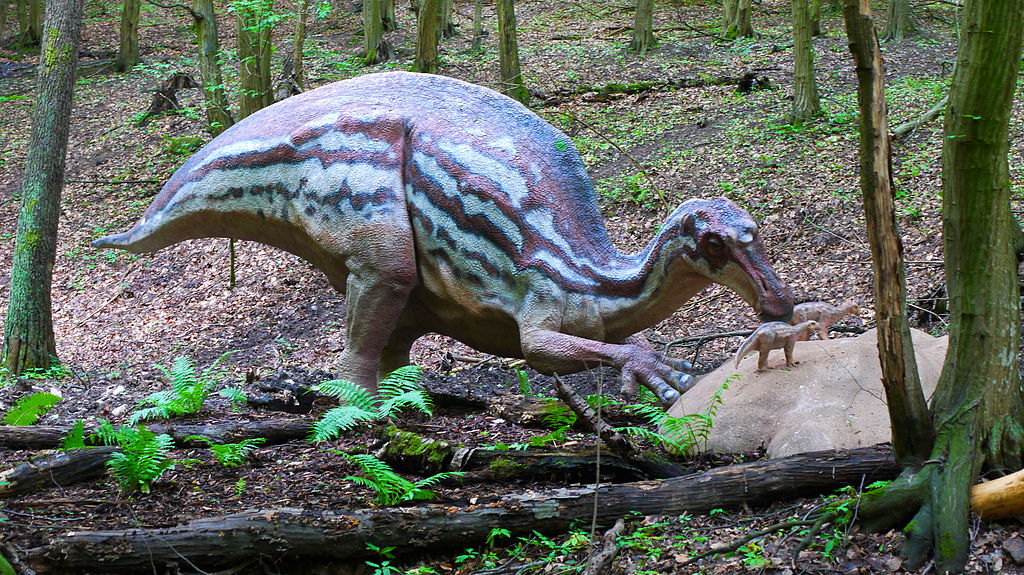
One of Dr. Ballard’s most significant contributions came through her extensive study of Maiasaura, a duck-billed dinosaur from the Late Cretaceous period. By analyzing multiple specimens representing different growth stages, she constructed the most detailed growth series for any dinosaur species to date. Her research revealed that Maiasaura experienced remarkably rapid growth during its early years, adding as much as half a kilogram of body mass per day during peak growth periods. Dr. Ballard discovered that these dinosaurs reached sexual maturity at approximately three years of age, despite continuing to grow for several more years afterward. Perhaps most surprisingly, her work showed significant variability in growth patterns among individuals of the same species, suggesting that environmental factors substantially influenced development. This comprehensive study of Maiasaura has become the gold standard for understanding growth patterns in prehistoric animals.
Challenging the Warm-Blooded/Cold-Blooded Dichotomy
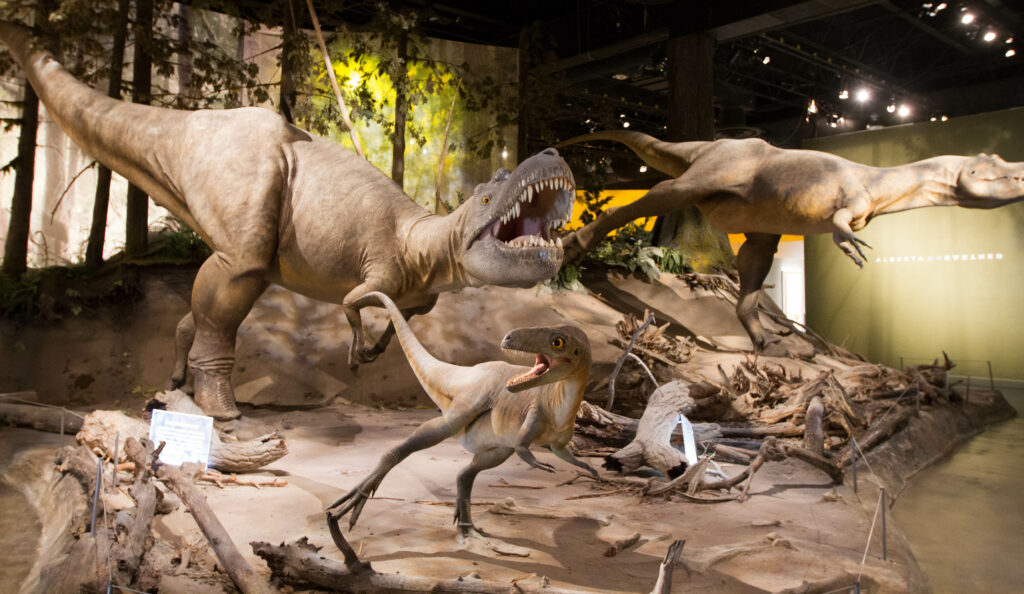
The question of whether dinosaurs were warm-blooded (endothermic) like mammals or cold-blooded (ectothermic) like reptiles has been debated for decades. Dr. Ballard’s research has significantly nuanced this discussion by providing evidence that many dinosaur species had metabolic strategies that don’t fit neatly into either category. Through her histological examinations, she has shown that some dinosaurs could vary their metabolic rates seasonally, ramping up growth during favorable conditions and slowing metabolism during resource scarcity. This adaptive metabolic strategy, sometimes called “mesothermy,” represents a middle ground between traditional endothermy and ectothermy. By identifying specific bone tissue patterns associated with different metabolic states, Dr. Ballard has provided crucial physiological evidence that many dinosaurs employed flexible growth strategies throughout their lives. Her work suggests that dinosaur metabolism was more complex and adaptable than previously understood, helping resolve long-standing paleontological debates.
Tyrannosaur Growth Mysteries Solved
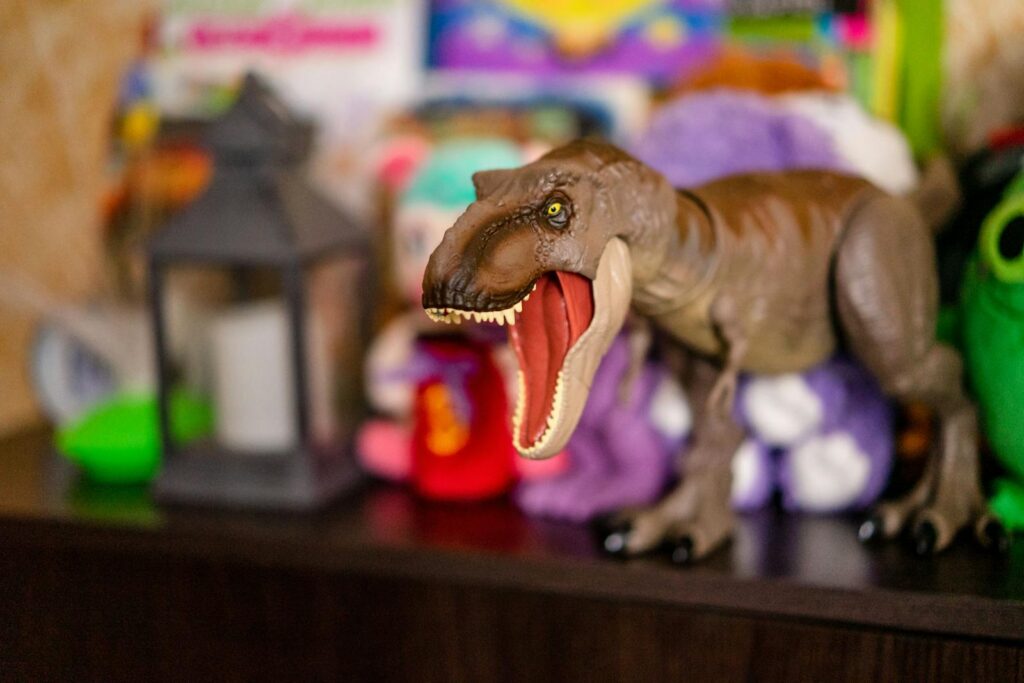
Dr. Ballard’s examination of tyrannosaur fossils has dramatically revised our understanding of how these iconic predators grew from relatively small juveniles to massive adults. Her histological analyses revealed that contrary to earlier theories, tyrannosaurs experienced an adolescent growth spurt remarkably similar to that of modern humans. During this period of accelerated development, young tyrannosaurs could gain up to 1,800 pounds (over 800 kg) per year—an astonishing rate that explains how they achieved their impressive adult sizes. By studying growth rings in tyrannosaur leg bones, Dr. Ballard determined that species like Tyrannosaurus rex reached sexual maturity at approximately 15-18 years of age, much earlier than their maximum size. Her research also indicated that tyrannosaurs experienced different growth phases throughout their lives, with the most rapid growth occurring during adolescence before gradually slowing as they approached adulthood. These insights have transformed how museums worldwide depict the life cycles of these famous predatory dinosaurs.
Paleoenvironmental Insights
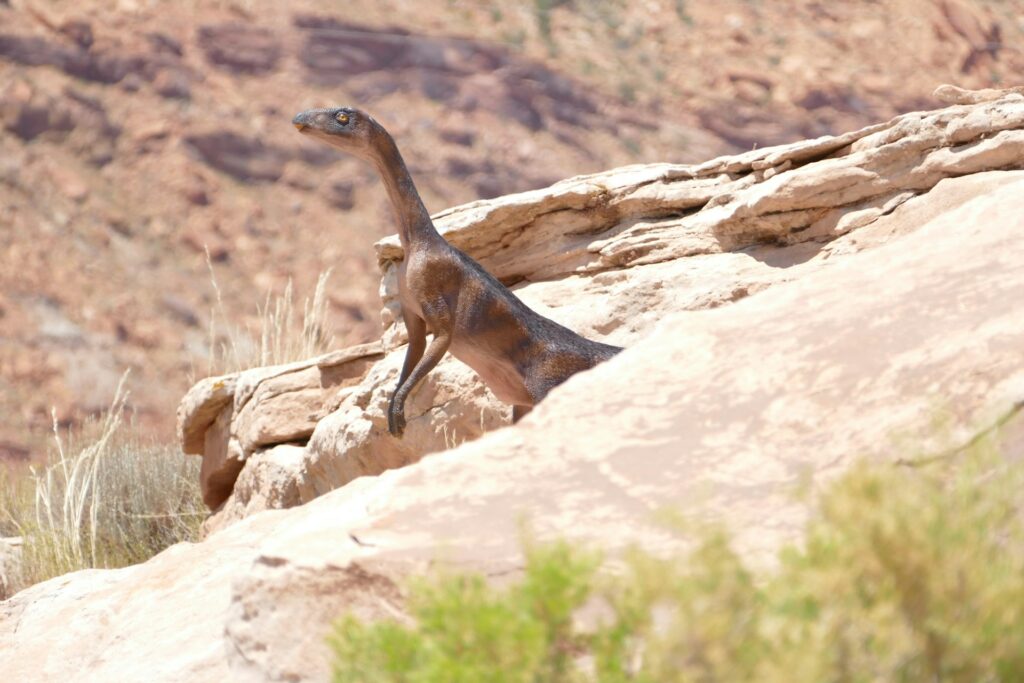
Beyond simply understanding dinosaur growth, Dr. Ballard’s research provides valuable information about the environments in which these animals lived. The growth rings preserved in dinosaur bones record seasonal fluctuations in resource availability, offering a window into prehistoric climate patterns. By analyzing variations in ring width and composition, Dr. Ballard can identify years of drought or abundance in the fossil record. Her work has revealed that some dinosaur populations experienced periodic environmental stresses that affected entire generations, information that would be impossible to determine from skeletal morphology alone. These paleoenvironmental insights help scientists reconstruct ancient ecosystems with unprecedented detail, showing how climate fluctuations influenced dinosaur evolution and adaptation. By correlating growth patterns across multiple species from the same deposits, Dr. Ballard has created environmental timelines for specific prehistoric habitats.
Current Position and Research Focus
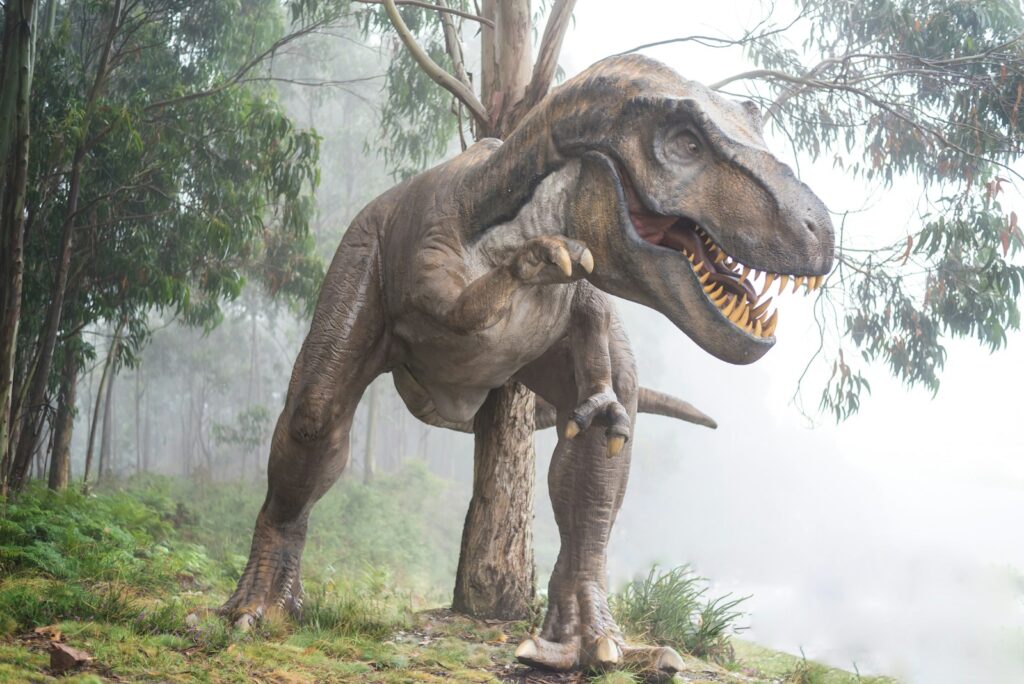
Dr. Holly Woodward Ballard currently serves as an Associate Professor of Anatomy at Oklahoma State University Center for Health Sciences, where she continues to expand the boundaries of paleontological research. Her laboratory specializes in comparative histology, examining bone microstructure across both extinct and living animals to better understand evolutionary patterns in growth and development. Her current research agenda includes investigating how different dinosaur species responded to environmental stresses through growth rate modifications. Dr. Ballard is also exploring the potential connections between bone microstructure and various aspects of an animal’s life history, including longevity, reproductive strategies, and habitat preferences. Her position at a medical school allows her to apply paleontological insights to modern anatomical and physiological questions, creating valuable cross-disciplinary connections. Through her academic appointment, she continues to mentor the next generation of paleontologists while maintaining an active research program.
Fieldwork and Fossil Collection
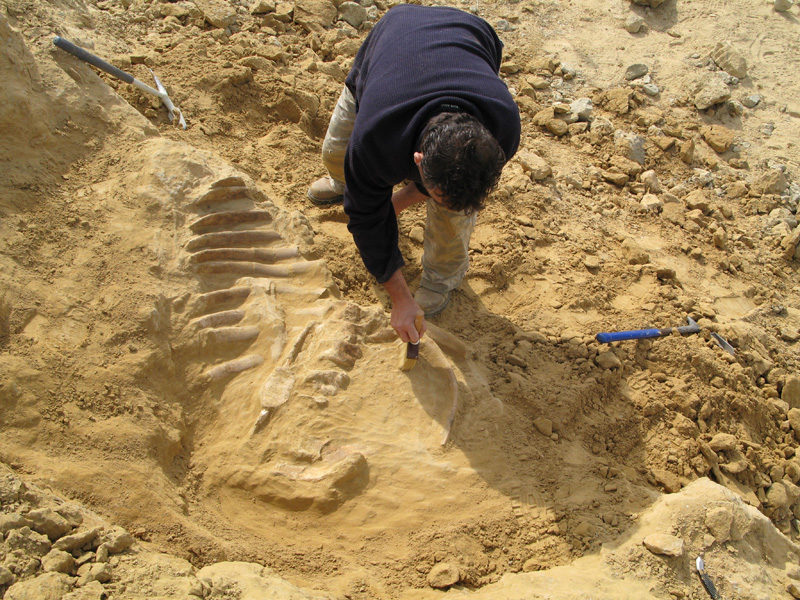
Despite her focus on laboratory analysis, Dr. Ballard remains actively involved in paleontological fieldwork, regularly participating in expeditions to fossil-rich sites across North America and beyond. Her field experience provides crucial context for her laboratory studies, ensuring that her histological examinations consider the geological and taphonomic factors that affect fossil preservation. Dr. Ballard has conducted extensive fieldwork in Montana’s famous dinosaur-bearing formations, including the Two Medicine Formation and the Hell Creek Formation. Her approach to collecting emphasizes gathering specimens from different growth stages of the same species whenever possible, allowing for more comprehensive growth series analyses. Through careful documentation of the exact stratigraphic position and sedimentary context of each fossil, she can correlate her histological findings with specific environmental conditions at the time of deposition. This integrated approach between fieldwork and laboratory analysis has become a model for modern paleobiological research.
Educational Outreach and Public Communication

In addition to her groundbreaking research, Dr. Ballard is deeply committed to science education and public outreach. She regularly participates in museum programs and public lectures that make paleontological concepts accessible to general audiences. Her ability to explain complex histological evidence in understandable terms has made her a valuable voice in dinosaur documentaries and popular science publications. Dr. Ballard has developed educational resources for K-12 classrooms that use dinosaur growth as an engaging entry point for teaching broader concepts in biology and earth science. Through social media engagement, she shares behind-the-scenes glimpses of both laboratory work and fieldwork, demystifying the scientific process for public audiences. Her outreach efforts have been particularly effective in encouraging young women to pursue careers in paleontology and other STEM fields, where she serves as an important role model.
Professional Recognition and Impact

Dr. Ballard’s contributions to paleontology have earned her numerous accolades within the scientific community, including research grants from the National Science Foundation and recognition from professional organizations like the Society of Vertebrate Paleontology. Her publications in prestigious journals such as Nature, Science, and the Journal of Vertebrate Paleontology have been widely cited, reflecting the significant impact of her research on the field. Museums around the world have updated their dinosaur exhibits based on her findings about growth patterns and life histories. Dr. Ballard’s methodological innovations in bone histology have been adopted by paleontology laboratories internationally, extending her influence beyond her own research projects. The “growth series” approach she pioneered—studying multiple individuals of the same species at different developmental stages—has become standard practice in paleobiological research. Her work exemplifies how detailed microscopic analysis can reveal macroscopic patterns in prehistoric life.
Future Research Directions

Looking ahead, Dr. Ballard continues to develop new research directions that promise to further expand our understanding of dinosaur biology. She is currently exploring how dinosaur bone histology can provide insights into extinction events, examining whether growth patterns changed as species approached evolutionary dead ends. Another promising avenue involves comparing dinosaur bone microstructure with that of modern birds to better understand the evolutionary connections between these groups. Dr. Ballard is also investigating how bone histology might reveal aspects of dinosaur social behavior, such as parental care and herd structure. By applying advanced imaging technologies like synchrotron tomography to fossil samples, she aims to extract even more detailed information from ancient bones without destructive sampling. These forward-looking research initiatives ensure that Dr. Ballard will remain at the forefront of paleontological innovation for years to come, continuing to reshape our understanding of prehistoric life.
Legacy and Continuing Influence

Dr. Holly Woodward Ballard’s legacy in paleontology is already substantial and continues to grow. Her methodological innovations and conceptual breakthroughs have fundamentally altered how researchers approach the study of extinct animals. The generation of paleontologists trained under her guidance is now applying her techniques to new fossil discoveries, extending her influence throughout the field. Perhaps most importantly, her work has transformed how we visualize dinosaurs—not as static, unchanging creatures, but as dynamic organisms that grew, adapted, and responded to their environments throughout their lives. By literally looking inside dinosaur bones, Dr. Ballard has given us a more vibrant, biologically accurate picture of these fascinating prehistoric animals. Her research reminds us that even the most iconic fossil specimens were once living creatures with complex life histories worth understanding. Through her ongoing research and educational efforts, Dr. Ballard continues to enrich our understanding of Earth’s distant past.
Conclusion

Dr. Holly Woodward Ballard stands as one of the most influential paleontologists of her generation, having fundamentally transformed our understanding of dinosaur biology through her meticulous research into bone microstructure. Her work represents a perfect synthesis of traditional paleontology with cutting-edge histological techniques, bridging the gap between fossilized remains and the living animals they once were. By revealing the dynamic growth patterns encoded in dinosaur bones, Dr. Ballard has given us a more nuanced, biologically accurate view of prehistoric life. As she continues her research and mentors new generations of scientists, her influence on our understanding of Earth’s ancient past will only deepen, ensuring that dinosaurs are understood not simply as museum curiosities but as once-living animals with complex and fascinating life histories.



